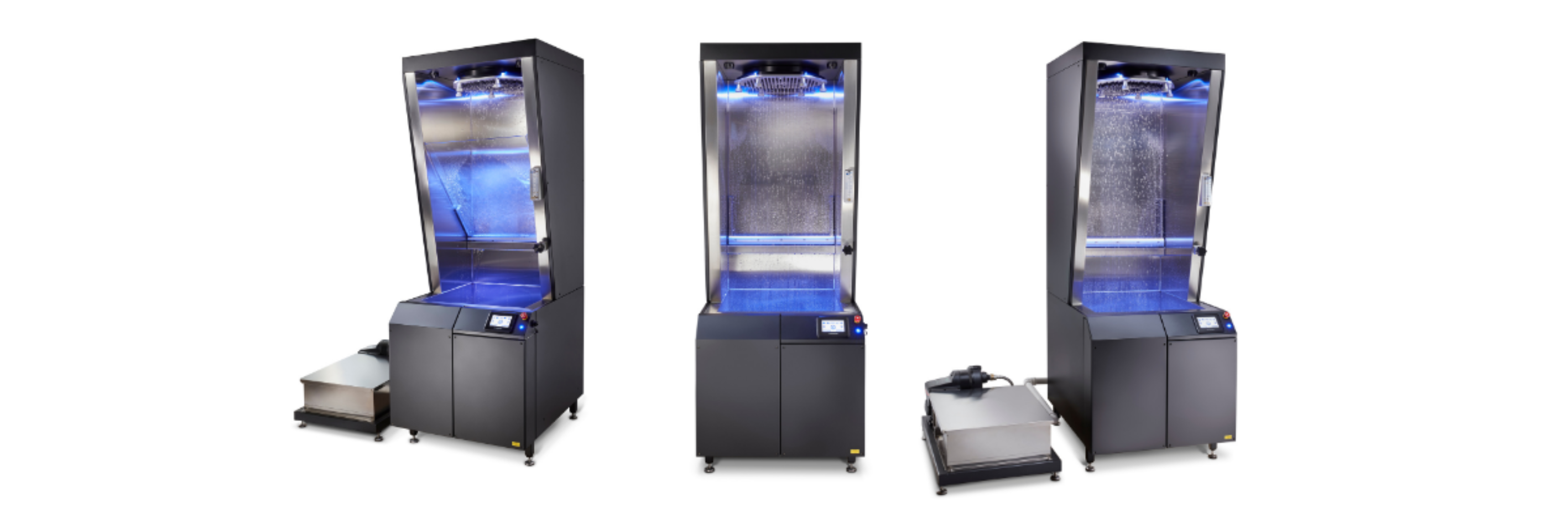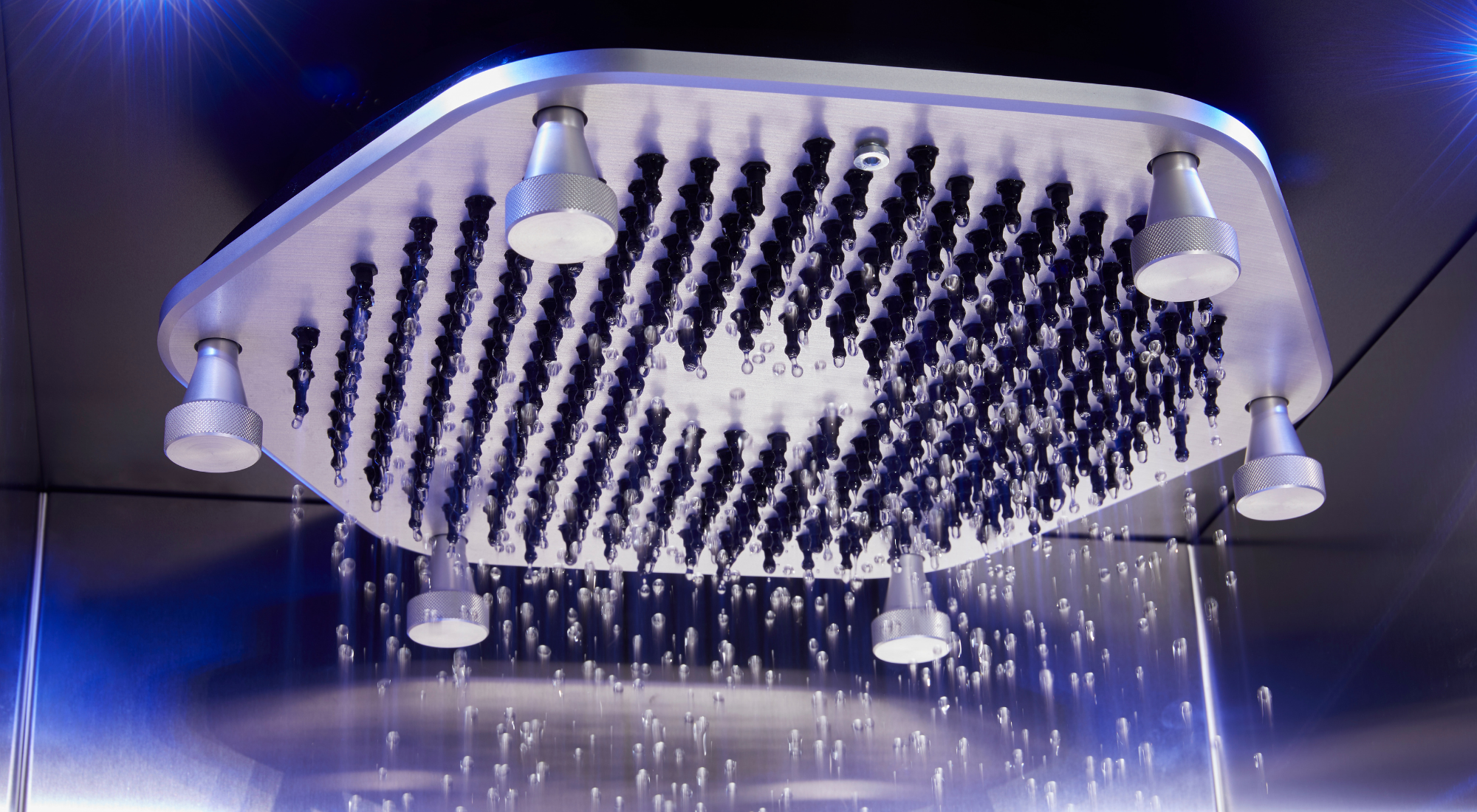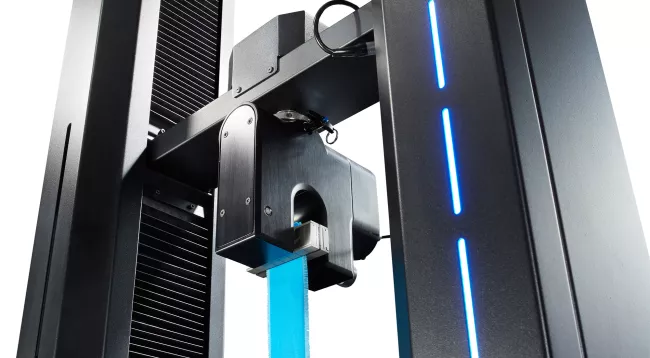The textiles industry, particularly the apparel and footwear sector, has been under global scrutiny for decades, more so in recent years, with regards its carbon footprint and sustainability concerns.
Long supply chains, water and energy intensive production methods contribute to this. You only need to take a look at the topline statistics, which reflect the reasons why the textiles industry is one of the largest polluters in the world - second in fact, to oil.
Here are some of the facts:
- Climate change: The overall fashion industry, inclusive of apparel and footwear, accounts for nearly 10% of the world's greenhouse gas emissions;
- Marine microplastics: Approximately 35% of the microplastics found in the oceans, originate from synthetic clothing;
- Waste production: By the end of this decade, it's expected that there will be an additional 148 million tons of fashion waste generated;
- Water consumption: water use and wastage is significant:
- 20% of the world's total wastewater is produced by the apparel industry, and over 2.5 BILLION tons of water is discharged per year in China alone;
- 20,000 litres of water is used to produce 1kg of cotton - equivalent to ONE t-shirt and ONE pair of jeans
With these facts, it's evident that waste has become a core part of the fashion industry - it's happening across the supply chain, from yarn to consumer - and not enough is being done to address the issue of waste.
However, if we're to look at waste reduction through the lens of technology - using better technology to reduce waste - there are huge cost savings to be realised, as much as €4 billion per year up to 2030, estimated in a Fashion Industry report back in 2017.


A sustainable solution to an industry-wide problem
James Heal has pioneered the use of technology to improve the usability and functionality of our testing instruments for over 150 years. Innovation and technology can be applied to the sustainability concept - where we look at ways in which we can reduce waste and make the testing process, and our instruments, more sustainable for our customers.
The Bundesmann water repellency test is a prime example of this.
The traditional 'Bundesmann' water repellency test is the industry-wide method of providing artificial rainfall to simulate the process of rain in the natural environment, to determine the water repellency of different fabrics. However, this test method is not sustainable: the running costs for testing are high and so are the environmental impacts associated with it - waste, water use and energy consumption.

A typical Bundesmann water repellency test runs for 8 hours per day, five days per week, consuming 3360 litres of water.
Using the TruRain and its innovative recirculation system sees an 83% total cost savings in energy consumption and total running costs over this timeframe.
An evolution in sustainable water repellency testing
"Water repellency is an important function of technical fabrics", explains Neil Pryke, PPT Group Managing Director and Director of Operations and Innovation.
"These fabrics are intended to protect the user/wearer in environmental conditions, such as rain for example, in water repellent garments and accessories - outdoor jackets, over trousers, walking boots, backpacks, tents and awnings. It's crucial from a safety and comfort perspective, that these fabrics and garments perform as they are intended - to repel water, and protect the wearer."
Given the importance of this test, Neil and the team at James Heal realised they could use their innovation expertise to address the sustainability issue of the water repellency test, whilst realising cost savings, and improving usability.
From this, TruRain was developed: our next-generation, artificial rain shower testing instrument, for determining the water repellency of textiles - sustainably. TruRain is an 'improvement and evolution' of the current Bundesmann testers available in the market today, explains Neil:
Neil Pryke, Managing Director for James Heal"TruRain is a game-changer for sustainability conscious brands and manufacturers who are looking to optimise costs and improve their environmental impact. Equipped with an innovative 'Water Recirculation System', TruRain is the only Bundesmann tester of its kind which reuses water during testing - resulting in significant cost savings and environmental benefits."

These benefits include:
- Significant cost savings: an 8-hour working day use of the TruRain recirculation system sees an 83% total cost savings in energy consumption and total running costs
- Less waste: 99% less water is used during testing alone - weekly test water usage consisting of 150 tests drops from 2100 litres to just 23 litres
- Increased throughput and productivity: easy to use and less 'cumbersome' than a traditional Bundesmann, tests can be run continuously for 8 hours per day, 5 days a week
- Accurate, safe and reliable: through the use of an effective Water Safety Plan, health and safety can be maintained with no impact on the efficacy and reliability of test results.
How TruRain works
TruRain is an artificial rain shower testing instrument for determining the water repellency of textiles. It replicates the conditions of real life wear situations, and therefore provides an accurate indication of fabric performance.
It measures three aspects of water repellency in garments and accessories, in a single test:
- Surface water repellency is assessed by visually comparing the tested specimen with a photographic grading scale (similar to the spray rating tester).
- Resistance to water absorption is evaluated by weighing the specimen before and after the test. The after test measurement is taken after the specimen has been centrifuged to remove any excess surface water.
- Resistance to water penetration is determined by collecting and recording any water which passes through the test specimen into the specimen holder cups.

Establishing TruRain as the definitive Bundesmann tester
The most significant aspect of any new instrument development at James Heal, is to put the 'user' at the heart of design. This means focusing on what their current challenges are, what they are trying to achieve from the test, the relevant test methods and standards, and crucially - the usability of the instrument in day-to-day use.
"Whilst the Bundesmann instruments have been around for many years, and have been established as 'the standard' testers for water repellency testing, unfortunately, they have suffered from a reputation of being 'difficult and messy' to use - and also the sustainability aspect is something we had to make a key feature, to address the issues around waste and water consumption", explains Neil.
"As part of the development process for TruRain, we conducted research into what the typical challenges were from users of the Bundesmann tester, so that we could develop something to address those needs and improve usability. Our technical specialists also conducted a study into the water recirculation system to determine whether reusing water had any impact on the efficacy of results. We discovered that reliability and accuracy was not impaired from using recirculated water, and that significant cost savings and environmental benefits could be realised from reusing water during the test."
A design matched to customer needs
Using customer feedback, we concentrated on developing a James Heal water repellency tester which focused on improvements with usability and accuracy. For instance, TruRain has a 'shower guard' which keeps the operator dry, whilst also controlling the release of liquid. "This ensures that testing is accurate," says Neil.
"TruRain is a next-generation Bundesmann artificial rain shower testing instrument. Designed with precision and safety in mind, to reduce inconsistency and improve the accuracy and repeatability of results."


Key features of TruRain
Innovative Water Recirculation System:
By reusing water for testing, over a week of 150 tests you significantly reduce your test water consumption by 99%, and overall total waste production and water consumption by 83%.
An integrated, automated shower guard:
Diverts the water flow before and after each test to keep the operator dry when inserting and removing the specimens. Water can be switched on and off with one button, and a water pressure regulator guarantees consistency wherever in the world the test takes place.
TestWise software:
User-friendly, automating the process of testing and alerting the user of when to grade the specimens based on the ISO standard 300 evenly distributed nozzles which produce the raindrops for the test are easy to clean and maintain.
Removable cups:
The cups can be easily removed individually using a twist motion, minimising the amount of space required for set up. All four cups can be removed together on their carousel.
Compliant with the Standard ISO 9865
Determination of water repellency of fabrics by the Bundesmann.
Download the TruRain product brochure today to learn more about its innovative water recirculation system, to reduce costs, increase sustainability and optimise your instrument investment.
Contact us today
Get support from the textiles testing experts and talk to us about your testing requirements.












